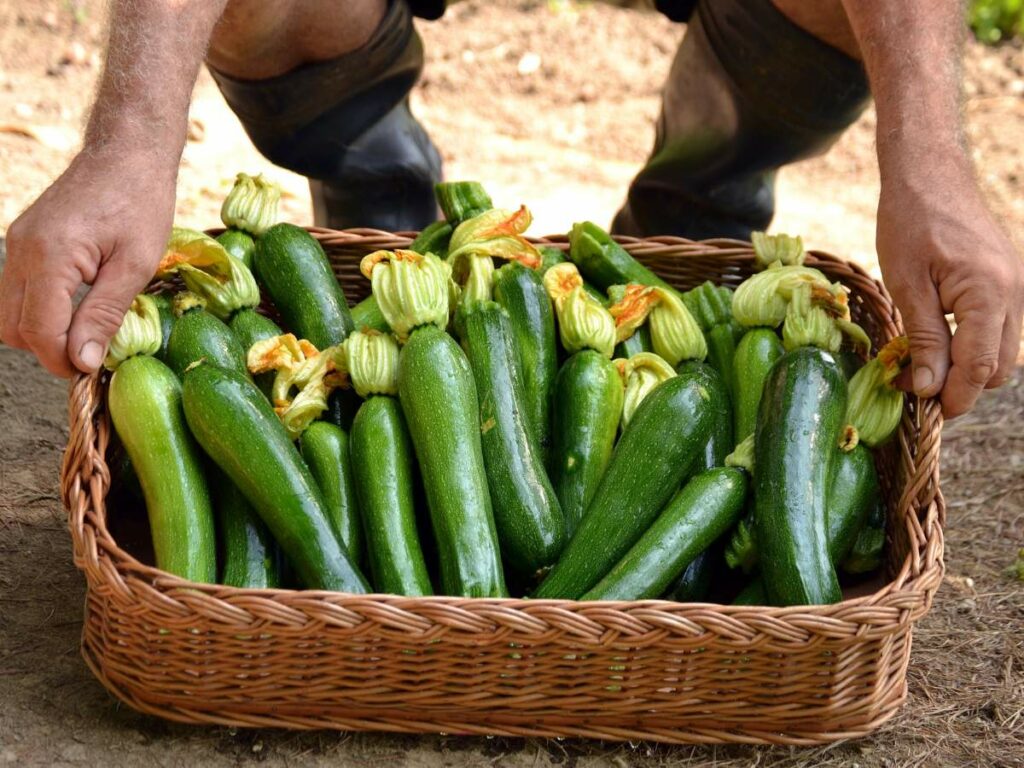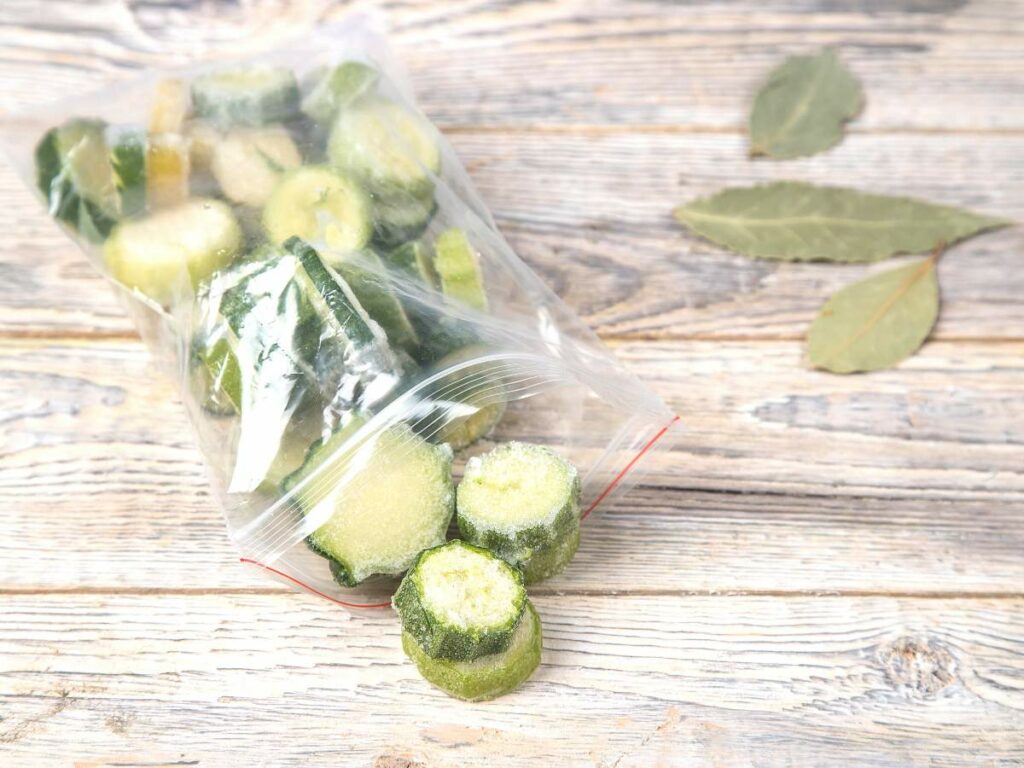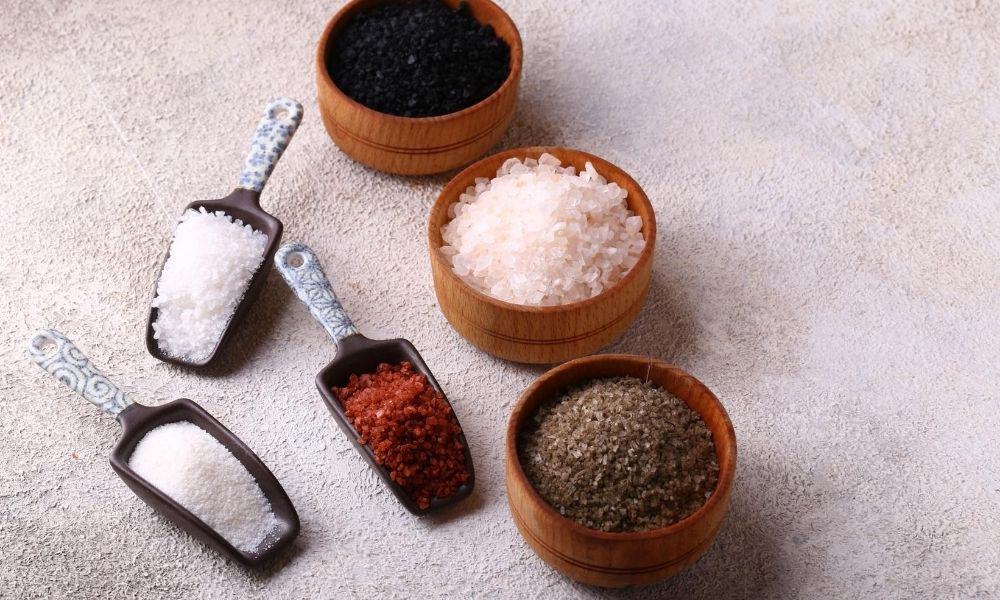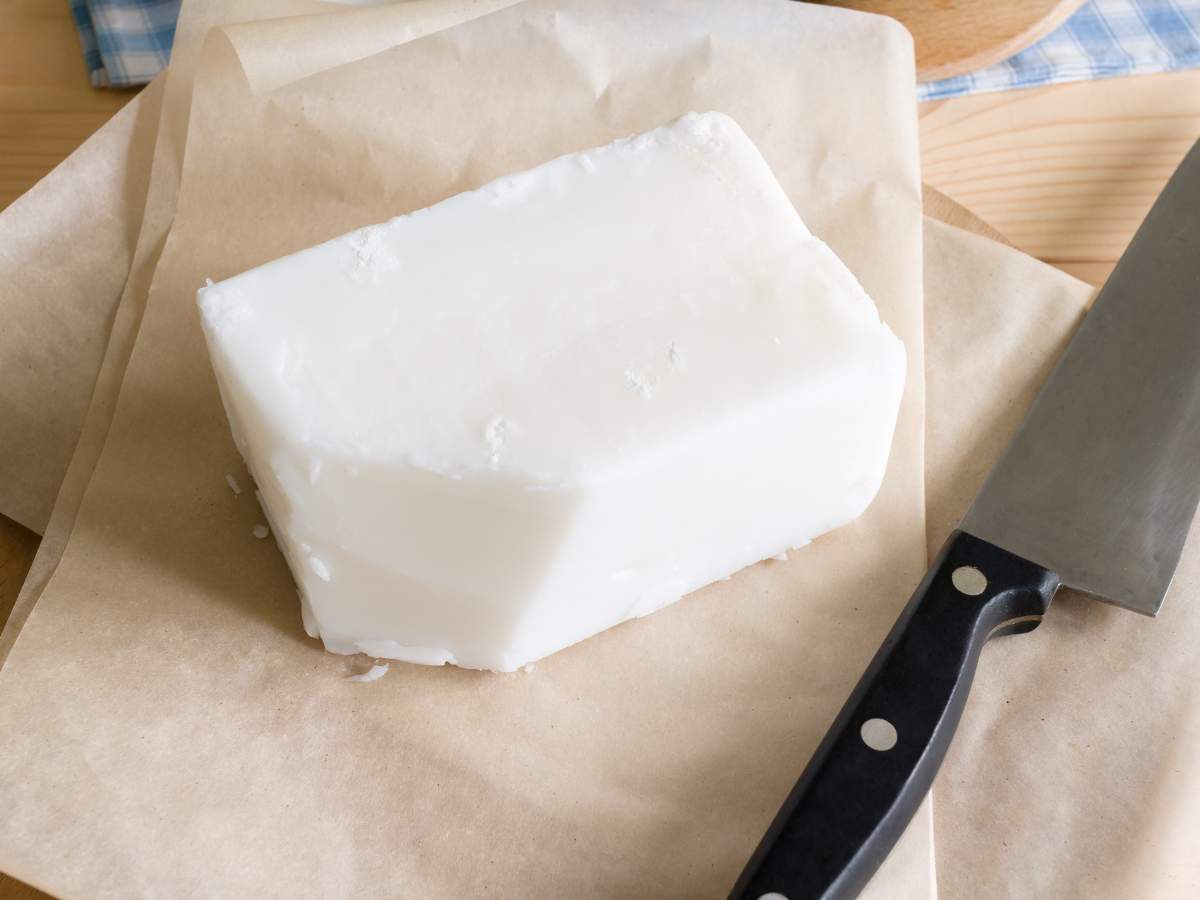Tips for How to Freeze Zucchini for Long-Term Storage
Primal Edge Health participates in the Amazon Services LLC Associates Program and other affiliate programs and therefore, may collect a share of sales or other compensation from the links on this page. This comes at no additional cost to you, and all the prices and availability are accurate at the time of publishing.
Learn simple and practical methods for how to freeze zucchini for long-term storage. Whether you have a surplus from your garden or want to take advantage of zucchini’s availability during the peak season, freezing it properly is the key to extending its shelf life.

Zucchini isn’t so common where we live, so when it’s available, I almost always buy it in bulk. However, as you’ve probably guessed, we don’t spend the next few months eating zucchini by the pound.
What do we do? We freeze it. Once we’ve used up a good chunk of zucchini butter, zoodles and meal-prepped breakfast lasagna, the rest goes in the freezer. But how do you freeze zucchini without sacrificing too much of its quality?
Advantages of Freezing Zucchini
Freezing zucchini allows you to store zucchini for an extended period, typically up to 10 to 12 months, providing long-term storage for excess produce. This is especially useful when you have a surplus of zucchini from your garden or have obtained a great deal on zucchini from a farmer’s market or grocery store.
Freezing zucchini provides convenience since it can be readily available whenever needed. You don’t have to use up or process large amounts of zucchini at once, allowing you to enjoy zucchini dishes throughout the year without worrying about spoilage.
Another benefit is that freezing helps retain the nutritional value of zucchini. While some nutrients may be lost during the blanching process, freezing effectively preserves most of the vitamins, minerals and antioxidants in zucchini. This way, you can enjoy the nutritional benefits of zucchini even when it’s out of season.
Frozen zucchini is versatile in cooking. It can be used in a variety of dishes such as soups, stews, stir-fries, casseroles, pasta sauces and even smoothies. By having a stock of frozen zucchini on hand, you can easily incorporate it into your recipes, enhancing their flavor, texture and nutritional profile.
Freezing food can also help to minimize waste. Zucchini is known for its abundant harvests, and freezing provides a solution to prevent waste. Instead of letting excess zucchini go bad, freezing it allows you to save it for future use. The same goes for freezing cabbage, eggs, and other household staples.

What to Be Cautious About when Freezing Zucchini
Choose zucchinis that are firm and free from any signs of spoilage or damage. Young zucchini with smaller seeds tend to freeze better. It should also feel firm and not too soft or mushy. Avoid any that have soft spots or wrinkled skin.
Steer clear of zucchini with yellowing or dull, pale green skin, as these can be signs of overripeness. Freezing overripe zucchini will leave you with mushy, watery, and off-tasting zucchini.
Zucchini has a high water content; freezing can lead to ice crystal formation. To minimize this, remove excess moisture from the zucchini before packing it for freezing.
Proper blanching before freezing helps retain the zucchini’s color, flavor and nutrients. However, over-blanching can cause zucchini to become mushy, so follow the recommended blanching times of 1 to 2 minutes to maintain its structure and texture.
It’s important to label each container or bag with the freezing date and periodically check the stored zucchini for any signs of freezer burn. Freezer burn can occur if it’s not adequately sealed or stored for an extended period, and it may affect the taste and quality of the zucchini.
How to Freeze Zucchini Slices
Slices are the most convenient form of zucchini. Follow these steps if you want to freeze zucchini slices:
- Wash and slice: Wash the zucchini thoroughly under running water. Trim the ends and cut the zucchini into slices or cubes of your desired thickness.
- Blanch: Bring a large pot of water to a boil and prepare an ice bath by filling a bowl with ice and water. Place the zucchini slices or cubes into the boiling water and blanch them for 1 to 2 minutes. Be sure not to blanch longer than 2 minutes to avoid the zucchini getting mushy.
- Ice bath: Using a slotted spoon or tongs, immediately transfer the blanched zucchini into the ice bath to cool them down quickly and stop cooking. Leave them in the ice bath for the same time they were blanched.
- Drain excess moisture: Remove the zucchini pieces from the ice bath and drain them thoroughly once the zucchini pieces have cooled. Pat them dry with a clean kitchen towel or paper towel to remove excess moisture.
- Pack for freezing: Arrange the blanched and dried zucchini pieces in freezer-safe containers or resealable plastic bags. Squeeze out as much air as possible from the bags before sealing to minimize freezer burn.
- Label and freeze: Label each container or bag with the freezing date. Place the zucchini in the freezer and ensure they are laid flat in a single layer until they freeze solid.
- Store and use: Once frozen, you can stack the stored zucchini to save space.

How to Freeze Shredded Zucchini
Want to make chicken zoodle soup? Follow these steps if you want to freeze shredded zucchini or zucchini noodles:
- Wash and shred: Wash the zucchini thoroughly under running water to remove any dirt or debris. Trim off both ends of the zucchini. Use a grater or a food processor with a shredding blade to shred the zucchini into fine pieces.
- Drain excess moisture: Place the shredded zucchini in a colander or strainer and let it sit for about 10 to 15 minutes. Press down gently on the zucchini with a clean cloth or paper towel to remove as much moisture as possible.
- Pack for freezing: Place the shredded zucchini into freezer-safe containers or resealable plastic bags. Squeeze out any excess air before sealing the containers or bags.
- Label and freeze: Label each container or bag with the contents and the freezing date. Place the containers or bags in the freezer, making sure they are placed in a flat position. Avoid stacking them until they are fully frozen. Allow the zucchini to freeze completely, which usually takes about 2 to 4 hours.
- Store and use: Once the shredded zucchini is completely frozen, you can transfer the containers or bags to a more organized area in the freezer. They can be stored for up to 3 to 4 months. When you’re ready to use the frozen shredded zucchini, thaw it in the refrigerator overnight or use it directly in your recipe if it will be cooked or baked.
How to Freeze Whole Zucchini
Whole zucchini can be frozen, but note that sliced or shredded zucchini tends to freeze more evenly and is often preferred. If, however, you want to freeze whole zucchini, follow these steps:
- Wash and trim: Wash the zucchini thoroughly under running water to remove any dirt or debris. Trim off both ends of the zucchini.
- Pack for freezing: Place the whole zucchini in a freezer bag or airtight container. If using a freezer bag, remove as much air as possible before sealing.
- Label and freeze: Label the bag or container with the freezing date, then place it in the freezer.
How Long Can You Freeze Zucchini For?
Like other frozen produce, zucchini can be stored in the freezer for up to 10 to 12 months. While frozen zucchini can still be safe to eat beyond 12 months, it may start to lose its texture, flavor and nutritional value.
What about freezer burn? If you notice white or grayish-brown spots (freezer burn), the zucchini may have lost some of its quality. While it’s still safe to eat, it might have an altered texture and flavor.
How to Tell if Your Frozen Zucchini Has Gone Bad
Frozen zucchini can go bad even before the 10 to 12-month mark. To determine if your frozen zucchini has gone bad, look for the following signs:
- If you notice any off or unpleasant odors when you open the container or bag, this is a strong indicator that the zucchini has spoiled. Fresh frozen zucchini should have little to no smell.
- While frozen zucchini can become softer after thawing, it should not be excessively mushy or slimy. If the texture is far too soft or slimy, it’s best to discard it.
- An excessive amount of ice crystals within the packaging can indicate that the zucchini has been repeatedly thawed and refrozen, which can degrade its quality.
- Fresh frozen zucchini should retain a green color. If it has turned yellow, brown or other unusual discolorations, it may no longer be good to use,
- If you detect any unusual or off flavors when you taste the zucchini, this is a clear indication that it has gone bad.

How to Use Frozen Zucchini in Cooking
To use the frozen zucchini, you can add them directly to soups, stews, stir-fries, casseroles or pasta sauces without thawing. Consider using sliced zucchini straight from frozen in this sausage and veggies sheet pan dinner by roasting them in the oven. Or, use shredded zucchini straight from frozen in these zucchini bites or this zucchini pizza casserole.
“I love to freeze shredded zucchini. I throw it into all kinds of things. It’s a great way to add some healthy veg to omelets, quiche, muffins or breads. I don’t even bother to thaw it first. The key is making sure it’s pretty dry before you freeze it so that it doesn’t put off a ton of water when it thaws.”
— Robin Donovan, All Ways Delicious
If you prefer to thaw them before use, place the frozen zucchini in the refrigerator overnight or thaw them using the defrost setting on your microwave. I prefer the refrigerator method to retain as much of the zucchini’s texture as possible.
Remember that frozen zucchini may become softer upon thawing due to its high water content, making it best suited for cooked dishes rather than raw consumption. The soft texture is perfect for one of my favorite recipes: shrimp scampi with zucchini.
Final Thoughts
Freezing zucchini is a practical and efficient method to preserve this versatile vegetable. It ensures its availability and quality even when it’s not in season, allowing you to enjoy zucchini year round while minimizing waste and retaining its nutritional benefits.
Portions of this article originally appeared on Food Drink Life.







